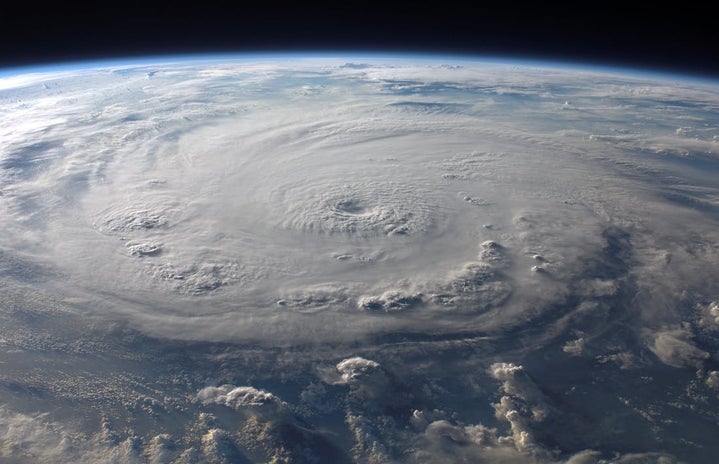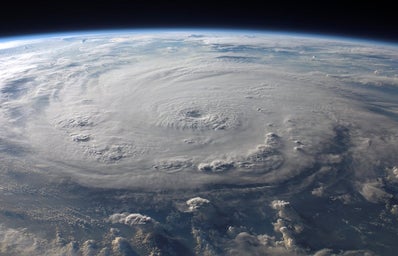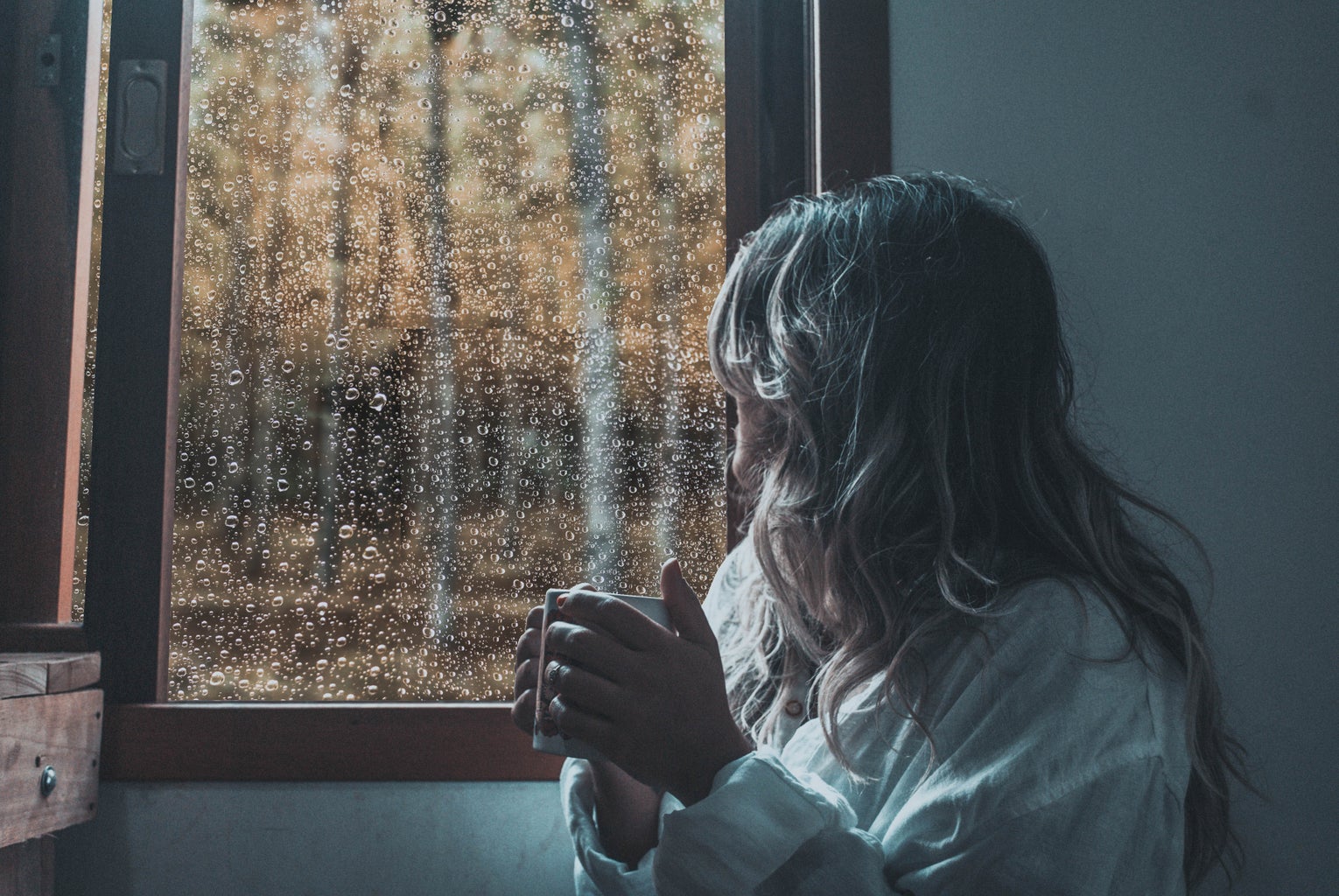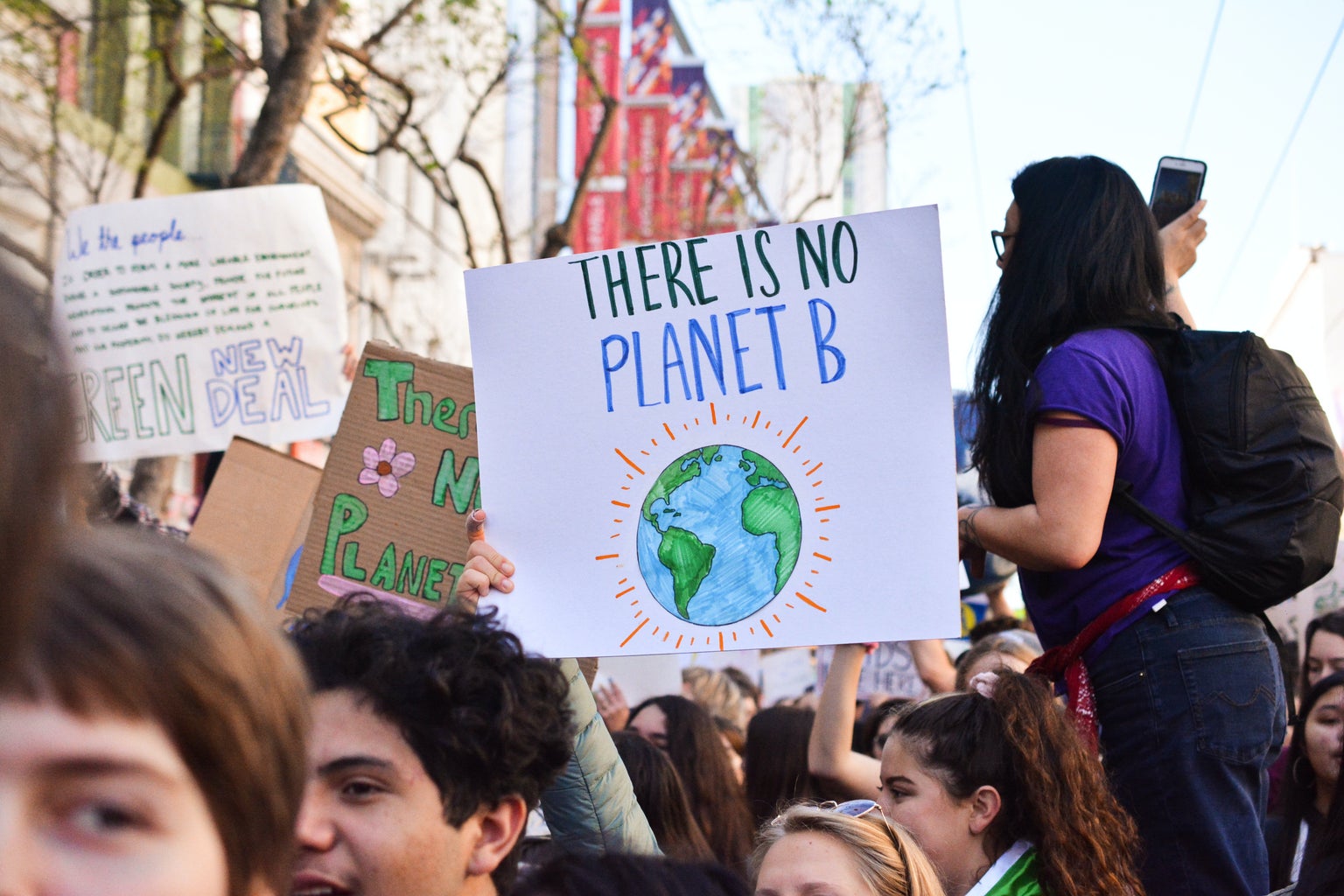Like with most things, social media has created a vast overconsumption of natural disaster content. From the lighthearted infamous “Hurricane Katrina? More like Hurricane Tortilla” vine to serious recent disasters like Hurricane Milton and Hurricane Helene, there has been a huge uptake in posting experiences and information regarding natural disasters online. Social media has vast power to reach people all across the world, and it is important to consider how this constant reporting of natural disasters is impacting our attitude towards them, and how the potential impacts of this can be sensitively managed.
A few weeks ago, my Tik Tok FYP was full of content from Hurricane Helene, and just a few days later it was taken over by content from Hurricane Milton. Living in England where natural disasters are rare, I do understand that I am probably more alarmed by the prospect of a hurricane than locals who are accustomed to them, but even so, I was not expecting to see videos of people in dinosaur costumes out dancing in the storms and dressed up as Alexander Hamilton, as a spoof to Hamilton the musical’s song ‘Hurricane’.
Despite the huge amount of content trending whilst the hurricane was occurring and in the immediate aftermath, my FYP very quickly moved on and was replaced by ‘Halloween costume ideas’, showing just how quickly our exposure to natural disasters rises and falls alongside social media algorithms. This can lead to heightened emotions over a short space of time where we feel empathetic or particularly environmentally conscious, but that may well fade as our feeds continue to evolve.
I do believe these high levels of consumption of natural disasters can create some opportunities, predominantly because it raises awareness and creates a sense of connection across the world which can be helpful for those affected at their heightened time of need. Social media solidarity can help to support sufferers through empathy, and most importantly can be hugely helpful in eliciting fundraising and relief support. Many public figures donated to relief efforts for Hurricane Helene like Dolly Parton and the NFL family. In addition, people from all over the world donated to charities such as the GiveDirectly and GlobalGiving because they were trying to support in any way they could. Gone are the days where people can only watch helplessly from the sidelines, we can now take an active stance in supporting the communities most affected.
This level of connection can be an issue, however, particularly for those living in impacted areas. I noticed that there were huge numbers of misreporting of information on my own feed, and whilst I did not need to know the exact cm of rainfall expected to hit my hometown, it made me realise just how overwhelming and confusing it must be to be living through it. Whereas previously people would listen to trusted weather channels, I can see how it would be easy to be influenced by Tik Tok comments reporting certain changes that, in reality, have very little grounding. There is a danger that this can cause confusion in a time of stress and may have adverse effects in terms of evacuation and rescue efforts.
From an environmental perspective, I do think consuming these disasters in real time is desensitising us, and this can pose a serious risk to people’s attitudes towards natural disasters. The sheer number of recent hurricanes have been exacerbated by climate change, and there is a concern that by normalising the frequency of these extreme events, we may just become desensitised and accustomed to them happening. Potentially, this means we are less likely to act to prevent climate change as it just becomes readily accepted as the ‘new normal’. This is a terrifying thought for the future of our planet, as though people will just start to shrug their shoulders as it becomes increasingly common to see hurricanes and floods that wipe out entire towns.




